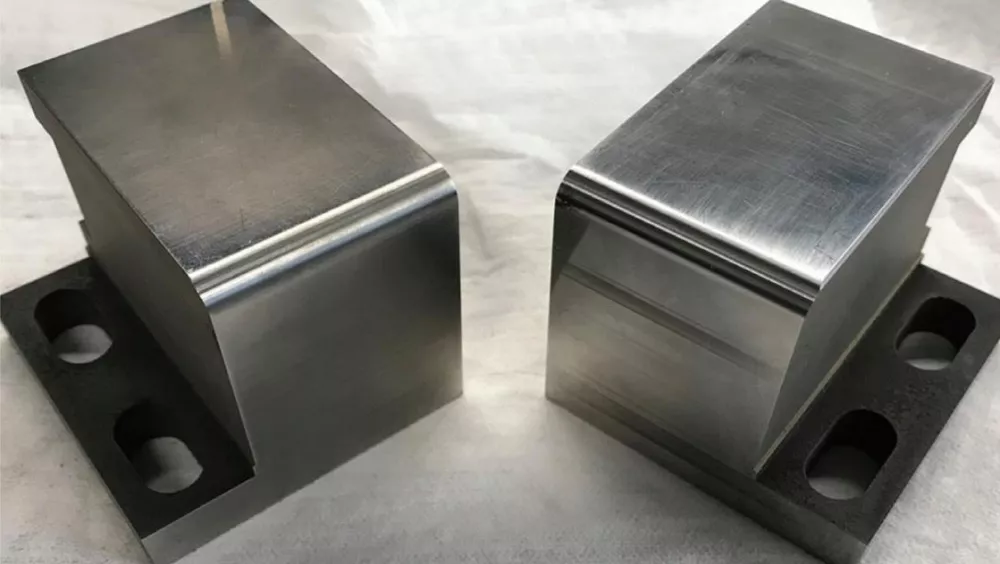now,3D printingIs more and more widely used, such as3D printingStamping dies are used in the production of auto parts. The biggest advantage of 3D printing stamping die is to shorten the production time of the die and reduce the cost. The only thing that needs to be considered is the wear of the 3D printed stamping die (which has a direct effect on the surface roughness of the stamping part). To this end, researchers from the University of Auckland’s Center for Advanced Manufacturing and Materials (CAMM) recently conducted a study to test the wear of 3D printed molds.

Researchers used uncoated maraging steel, maraging steel with Ionbond 42 coating, and H13 tool steel with Ionbond 42 coating to print stamping dies. Then, a 2.5 mm thick AA5754 aluminum alloy sheet was used for U-shaped bending, and 50001 parts were formed in the uncoated configuration, and 50001 parts were formed in the case of coating.
In order to evaluate the mold wear and the surface condition of the sample, the researchers measured the tangent line with the Bruker optical profiler; the result was reported as the roughness Sa. It is expressed as an absolute value, compared with the arithmetic mean of the surface, the height difference of each point.For each set of molds, the researchers evaluated one sample from every 1,000 samples produced (sample 1, 1001, 2001, up to 50001), a total of 51 samples were evaluated, and the Sa parameter was measured in three areas on the wall of each sample , And average the results.
With the increase of the number of tests, the surface quality of the production samples of uncoated maraging steel molds gradually declines. From the first sample, scratches appeared on the sample wall, and each time a sample was collected, the surface became brighter. The worst surface condition (maximum scratches) appeared on the left and right sides of sample 50001; compared with the first sample, the surface roughness of sample 50001 increased by more than 100%.
The surface quality of the samples produced using the coating mold is very good. Although there are random shallow scratches, there are no deep scratches, and the Sa roughness does not change significantly.Next, the researchers evaluated the quality of the mold surface. The uncoated mold showed very obvious abrasion. The coated mold showed no obvious abrasion under naked eye observation. Through optical instrument measurement, the researchers saw a slight increase in roughness and scratches on the top area of the mold. mark.Through testing, the number of times a set of molds can be used can be determined.
(Editor in charge: admin)


0 Comments for “The research team conducted a strength test on the 3D printed stamping die”